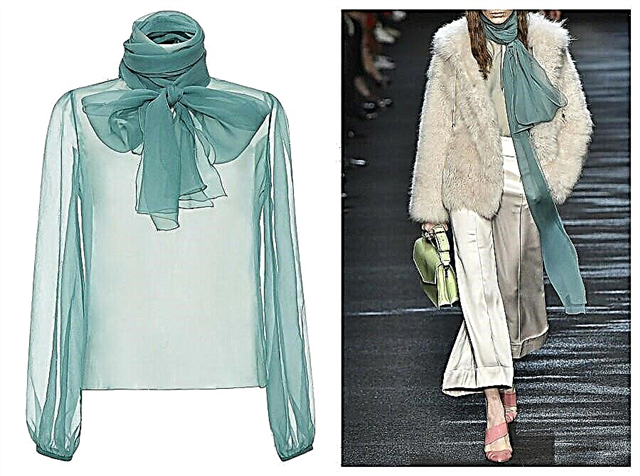Walk through Moscow boutiques, dine in a restaurant on the Mediterranean coast, visit an exhibition in Paris or a concert in Vienna ... Everywhere you look stylish in a variety of variations of a kimono.
Japan is a country that has long been separated from Western civilization by an almost impenetrable wall. And even now, when the state has become much more open to the world, the inhabitants of Japan are noticeably different from other inhabitants of the "civilized" world and continue to revere their ancient anddistinctive culture and traditions.
Thanks to the once sensational movie "Memoirs of a Geisha"Arranged by Arthur Golden's bestseller directed by Rob Marshall, Western Europe in the 1930s discovered the exotic beauty of Japanese kimono. Of course, fashion designers instantly began to use elements of Japanese national dress and their images in their creations. And they still use it.
Although in fact the Japanese kimono is simple T-shirt with a belt at the waist. Very comfortable and not constraining movements, cut out from 4 strips of fabric (usually 40 cm wide and 11.5 m long). The main goal of the Japanese kimono is to achieve minimalism. As few shaped lines as possible, as flat and clear as possible. The kimono should hide the figure as much as possible.Of course, this did not suit Western designers very well, so each of them interpreted the kimono model in their own way.
Kimono is currently performing on the catwalks of fashion as a coat, cardigans (Haori), dresses, tunics, bathrobes, etc. An oriental note immediately emphasizes the mystery of the image. Minimalist cut allows you to demonstrate the beauty of the fabric, especially with a large and bright pattern. By the way, it’s not necessary to sew a kimono from silk.
If you are fond of hand embroidery or painting fabric, then the style of a kimono is simply created for you! Complete your outfit with suitable accessories - and you will become completely unique!
Interesting facts from the history of kimono
■ Real Japanese kimono complemented by special linen, shoes, accessories, and socks should be with a thumb apart, and the shoes are wooden or cloth sandals.
■ To wash a kimono, it is first opened and then sewn again after washing.
■ A handmade silk kimono (made and hand-painted) can cost up to $ 120,000, and with accessories price can double.
■ Women and men Kimonos are distinguished by colors and shorter sleeves.
■ Colors female kimono shows the position of a woman in society, her age. It also varies depending on the occasion on which the kimono is worn. For example, a black kimono with a pattern below the waist is worn by married women for celebrations. Plain kimono is usually worn at tea ceremonies. Kimono with a pattern along the shoulders and sleeves - for formal receptions.Kimono pattern also depends on the time of year.
■ Clothe Kimono alone is very difficult, so Japanese women usually resort to the help of servants or relatives.
■ To kimono relied not only special accessories, but also special makeup: snow-white skin, slanting eyes and high eyebrows, as well as specific lip color.
Photo: Stefan Knauer (7); Getty Images (2); Bulls Press.
Material prepared by Elena Karpova













